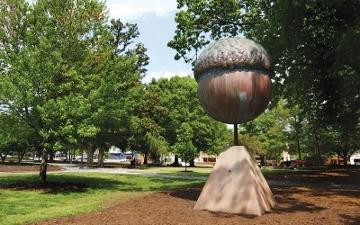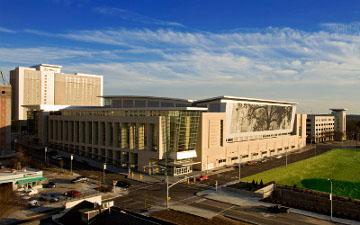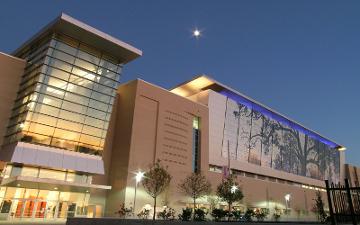
New Challenges for the Computational Modeling of Solids at Failure
Ekkehard Ramm, Christian Linder
The objective of this minisymposium is to bring together researchers working on the development of numerical techniques capable to simulate the challenging problem of failure insolids as well as researchers interested in the various physical phenomena accompanying the fracture process. The following selected keywords serve exemplary as guideline for potential contributions.
Numerical method development:
• cohesive-, embedded-, and extended finite element formulations
• phase field models of diffusive damage evolution
• discrete element- and particle methods
• crack propagation and shear band evolution techniques
• atomistic simulations of solids at failure
• scale bridging techniques and homogenization methods
Physical phenomena modeling:
• crack branching in brittle materials
• failure mode transition in solids undergoing dynamic fracture
• failure in materials with electric, magnetic, or chemical coupling
• failure and self-healing mechanisms in biological materials
• failure and recovery in structural polymers
• durability, reliability, and fatigue of solids
• thermally induced crack mending










